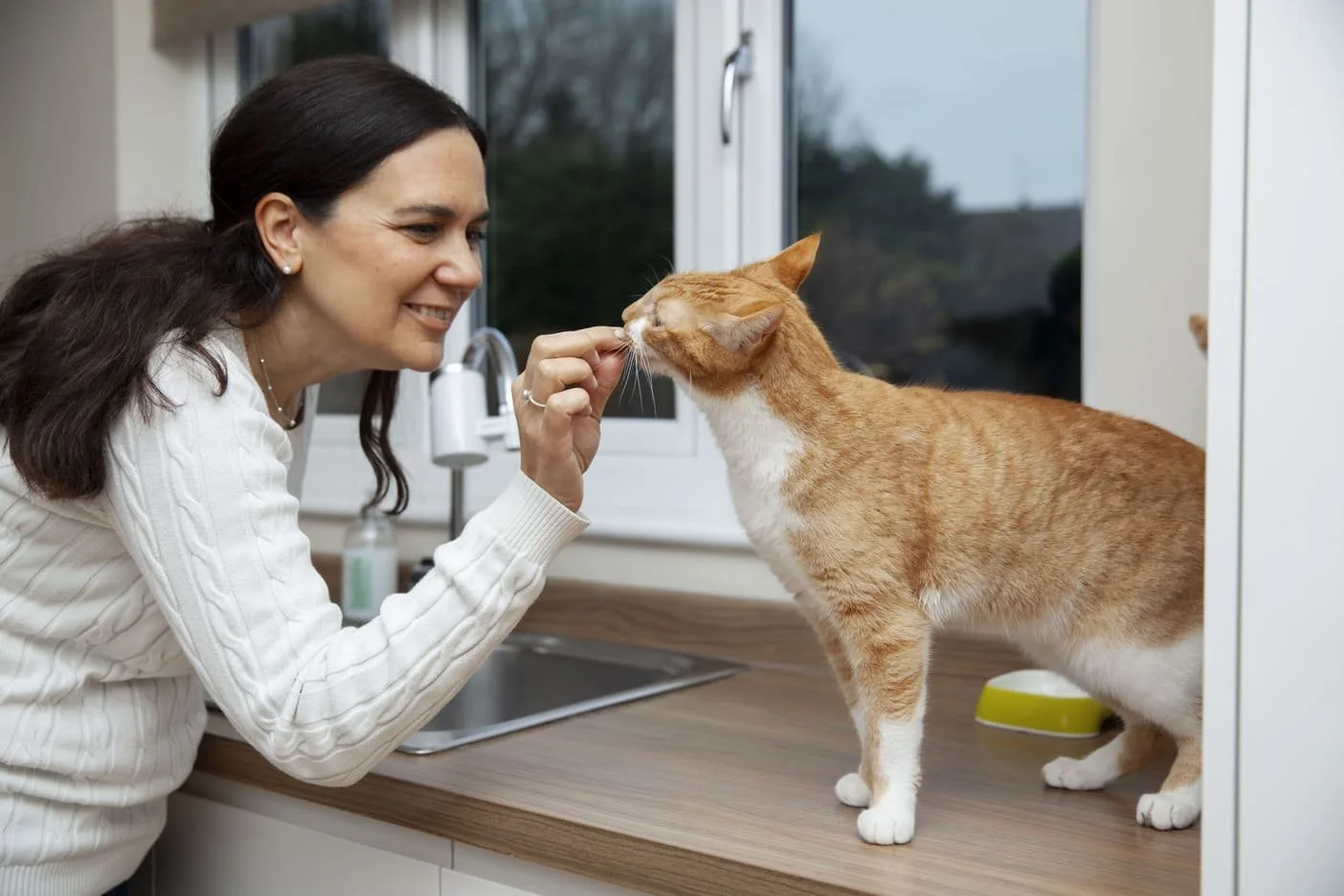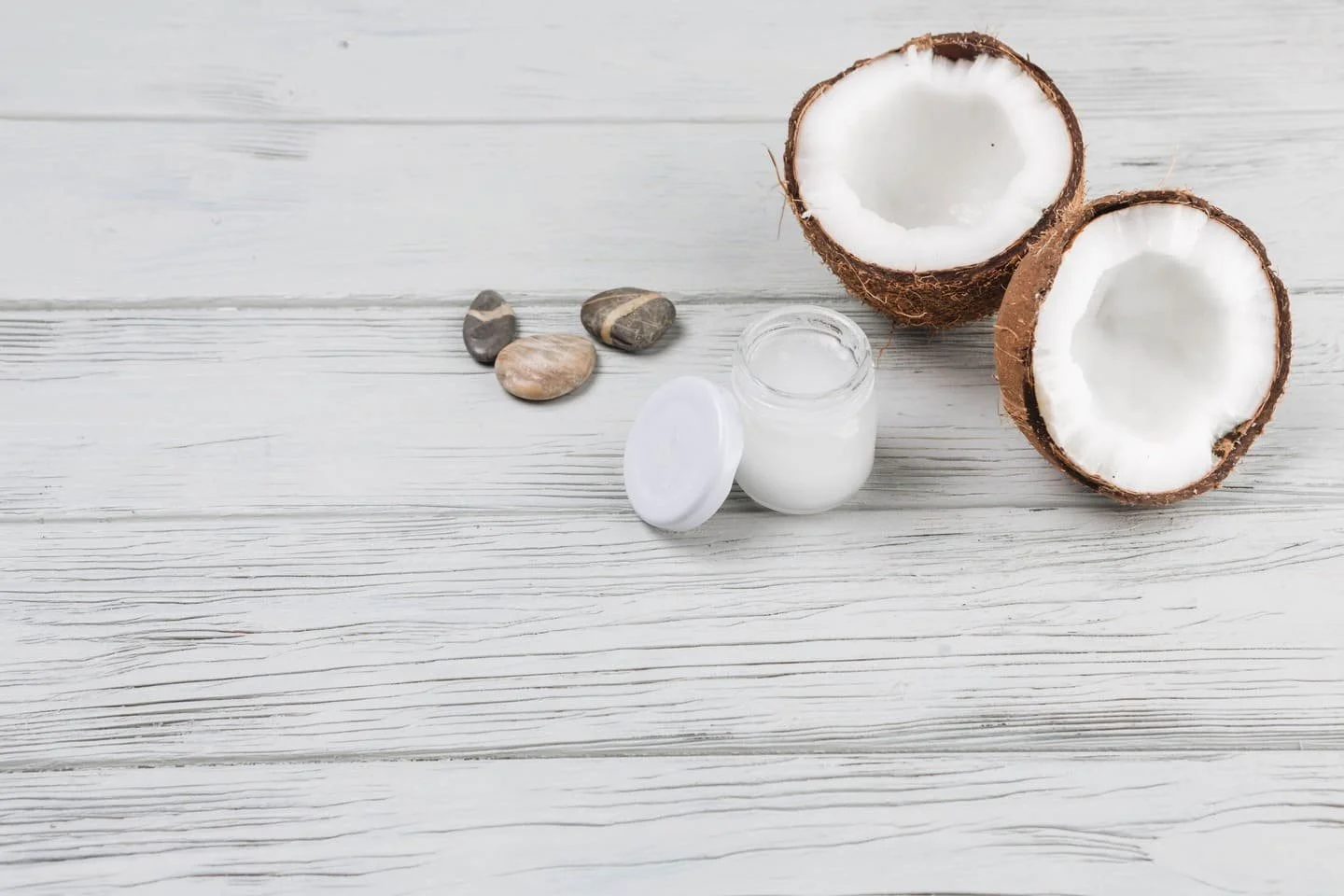Toxoplasmosis and Monolaurin: Understanding the Connection
Disclaimer: The research below is offered for information and educational purposes only and is not intended to provide medical advice. See Terms & Conditions
Monolaurin & Toxoplasmosis
Article Summary:
Explores the biology and life cycle of Toxoplasma gondii, detailing how domestic cats act as the parasite’s definitive host and how environmental contamination occurs through oocyst shedding, which can persist in soil or water for months.
Explains how cats typically become infected through hunting prey such as rodents or birds, or by consuming raw/undercooked meat containing infectious tissue cysts, and clarifies that casual contact with cats is not a primary transmission route.
Provides practical, research-backed prevention strategies for cat owners, gardeners, and food handlers, including litter box hygiene, safe gardening practices, and recommendations from the Mayo Clinic such as covering children’s sandboxes to prevent contamination.
Introduces monolaurin’s role in microbial balance by summarizing laboratory research on its antibacterial and antimicrobial properties, noting that it is not specific to T. gondii but may support general immune health and microbial homeostasis.
What is Toxoplasma gondii?
Toxoplasma gondii is a microscopic protozoan parasite that can be found in warm-blooded animals worldwide. Domestic cats (Felis catus) are the only definitive host, meaning the parasite completes its life cycle in their intestines [Ref#1].
According to the CDC, T. gondii may be passed into the environment when cats shed microscopic oocysts in their feces. These oocysts can survive in moist soil or water for extended periods, remaining viable for months under the right conditions [Ref# 2].
“Oocysts of T. gondii are remarkably resistant to environmental stress, which allows them to persist in soil, water, and food sources,” notes Hill and Dubey in Clinical Microbiology Reviews [Ref# 3].
How Do Cats Become Infected?
Cats most often acquire Toxoplasma gondii by hunting and consuming small prey such as rodents or birds that already carry the parasite. They can also be exposed by eating raw or undercooked meat containing infectious tissue cysts. Once infected, cats may shed microscopic oocysts in their feces for 1–3 weeks after initial exposure. These oocysts can persist in the environment for months [Ref# 4].
What is the primary source of infection in cats?
Cats typically become infected by eating small prey such as rodents or birds that carry the parasite. Feeding raw or undercooked meat can also be a risk factor.
How long do cats shed oocysts?
An infected cat can shed oocysts for a short period, usually 1 to 3 weeks after initial infection. Although the shedding phase is brief, the oocysts that are released can remain in the environment for months [Ref# 4].
Is direct contact with cats dangerous?
Direct contact, such as petting or playing with a cat, is not considered a primary transmission route. The main concern comes from handling contaminated litter, soil, or surfaces and then touching the mouth without proper handwashing.
Practical Ways to Reduce Risk
For cat owners and gardeners, prevention comes down to hygiene and safe handling:
Clean litter boxes daily and wear disposable gloves while doing so.
Wash hands thoroughly with soap and water after cleaning litter or handling soil.
Wear gloves while gardening or working with soil or sand.
Avoid feeding cats raw meat; stick to cooked or commercial cat food.
Wash produce carefully to remove potential contaminants from soil.
According to the Mayo Clinic, in their prevention guidelines for toxoplasmosis, it is advised to "Cover children’s sandboxes. Cover sandboxes to prevent outdoor cats from using them as litter boxes."
Where Does Monolaurin Come Into the Picture?
What is monolaurin?
Monolaurin is a monoglyceride formed from lauric acid and glycerol. Lauric acid occurs naturally in coconut oil and human breast milk [Ref# 5].
Why is it of interest for microbial balance?
Several studies have examined monolaurin’s antibacterial and antimicrobial properties in laboratory settings. For example, a study in Journal of Drugs in Dermatology reported that “monolaurin demonstrated in vitro activity against certain lipid-coated microorganisms” [Ref 6].
Is it specific to T. gondii?
No. Monolaurin’s researched activity is primarily associated with certain bacteria and lipid-coated organisms. While T. gondii is a protozoan, interest in monolaurin here relates to its potential role in supporting overall microbial balance and maintaining healthy immune function.
FAQs
If I keep my cat indoors, do I still need to worry?
Indoor cats fed only commercial diets have a much lower chance of carrying T. gondii, but good hygiene is still important. Insects or occasional raw treats could introduce risk.
Can I get T. gondii from touching my cat’s fur?
Unlikely. The primary concern is contact with contaminated litter or soil, not direct fur contact.
How might monolaurin fit into a wellness routine?
Some individuals include monolaurin as part of their dietary supplement plan due to its studied laboratory effects on microbial balance. It is not a treatment for T. gondii, but it is discussed in the broader context of supporting immune health naturally.
Are there other nutrients studied for immune support?
Yes. Zinc, vitamin C, and certain plant-derived compounds have been examined for their roles in maintaining normal immune function [Ref #7].
Final Thoughts
Understanding the life cycle of Toxoplasma gondii and the role domestic cats play in its spread allows pet owners to take informed, proactive steps. By combining responsible pet care, safe food handling, and good hygiene, exposure risk can be significantly minimized.
Monolaurin, while not specific to T. gondii, remains of interest in discussions about natural compounds that support microbial balance. As research continues, both pet care practices and nutritional strategies can work together to promote a healthier home environment.
Interested in trying monolaurin and regaining control over your life?
Consider some of the products located on this external site:
References
Dubey JP. “The history of Toxoplasma gondii — the first 100 years.” J Eukaryot Microbiol. 2008;55(6):467-475. doi:10.1111/j.1550-7408.2008.00345.x
Elmore SA et al. “Toxoplasma gondii: epidemiology, feline clinical aspects, and prevention.” Trends Parasitol. 2010;26(4):190-196. doi:10.1016/j.pt.2010.01.009
Hill D, Dubey JP. “Toxoplasma gondii: transmission, diagnosis and prevention.” Clin Microbiol Rev. 2002;15(4):755-776. doi:10.1128/CMR.15.4.755-776.2002
Dubey, J. P. Toxoplasmosis of Animals and Humans (3rd ed.). CRC Press. doi:10.1201/9781003199373
Lieberman S et al. “In vitro antimicrobial activity of monolaurin.” J Drugs Dermatol. 2006;5(5):455-458. PubMed link
Yoon BK et al. Antibacterial Free Fatty Acids and Monoglycerides: Biological Activities, Experimental Testing, and Therapeutic Applications. Int. J. Mol. Sci. 2018;19(4):1114. DOI: 10.3390/ijms19041114
Maggini S et al. “Immune function and micronutrient requirements change over the life course.” Nutrients. 2018;10(10):1531. doi:10.3390/nu10101531



